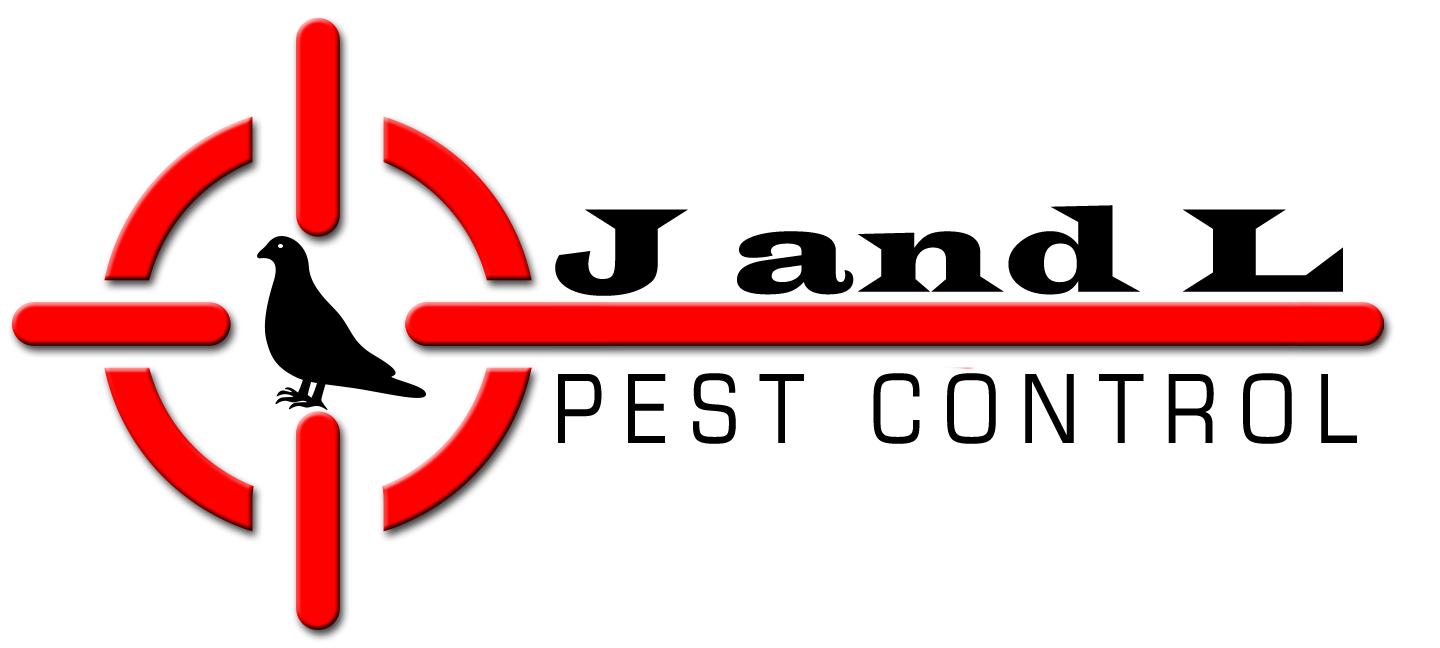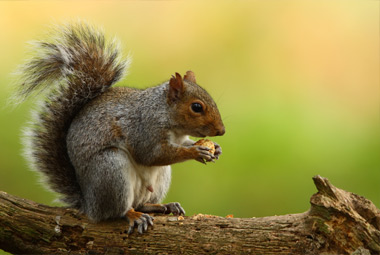
J & L Pest Control is a family owed business that has been practicing Integrated Pest Management (IPM) services since it was founded.
T (631)-605-9919
Email: jandlpestcontrol@gmail.com
J & L Pest Control
1090 Martinstien Ave.
Bay Shore, NY 11706

This is summarized for the 3 representative species. Tree squirrels usually have 2 litters each year, one in early spring and the other in late summer. The number of young per litter varies from 2-7 (fox 2-4, gray 2-3, red 3-7). The gestation period is 38 days for the red and 44 days for the fox and gray. The young are born naked and blind. Young are weaned at 2 months for the gray and 2-3 months for the fox. Adults may live 10 years or longer; the gray has lived 15 years in captivity.
Tree squirrels are of minor medical concern. Red squirrels (Tamiasciurus spp) have been implicated in diseases of man, but direct transmission is rare. Plague has occurred in Douglas squirrels, T. douglasii (Bachman), and relapsing fever has been transmitted by contact with blood from an infected squirrel. Red squirrels (T. hudsonicus) have been found to carry Colorado tick fever and antibodies to Powassan virus.
HABITS. The 3 species of tree squirrels that most often enter structures and cause prob¬lems are the 3 representative species. They enter primarily attics and garages for shelter, to store food, and/or to nest, activities which can result in damage to the structure and/or its contents. The habits of these 3 species are summarized below.
Fox squirrels favor oak-hickory forests, but in the south, they are found in mixed and pine forests as well as in cypress and mangrove swamps. They are most active in the morning and late afternoon, often burying nuts for winter use. Fox squirrels feed mainly on hickory nuts and acorns, but also on the fruit of tulip poplar, maple tree seeds, corn bor¬dering woods, berries, bird eggs, and fungi; they usually take their food to a feeding perch for consumption below which is much debris. For summer they make a leaf nest in trees and nest in a tree cavity in winter, both usually at least 30 ft (9.1 m) above the ground. Their home range is 10-40 acres (4-16 ha). Populations range from 1 squirrel/2 acres (0.8 ha) to 3 squirrels/acre (0.4 ha). Fox squirrels often overwinter with a family group in a com¬mon tree hole.
Gray squirrels favor hardwood or mixed forests with nut trees, especially oak-hickory forests, and river bottoms. They are active year round, but most active in the morning and evening on dry days. Gray squirrels feed primarily on nuts, especially hickory nuts, acorns, beechnuts, and walnuts. At times they feed heavily on maple or tulip tree seeds, fruit, opening buds, and can cause considerable damage to a corn patch. Nuts are never cashed but are buried singly away from where they are found for use in winter; many nuts are not found and sprout into new trees. Gray squirrels nest in tree cavities or build leaf nests in branches (mostly in summer) usually at least 25 ft (7.6 m) off the ground. Young may be moved to temporary leaf nests built to exploit a temporary food source, or to escape parasites or predators. Their home range is 2-7 acres (0.8-2.8 ha). Populations are usually 2-20 per acre (5-50 per ha).
Red squirrels are often abundant in any kind of forest, hardwood, coniferous (natural/plantations), or mixed, and are common around buildings. They are active year round, especially in the morning and evening, but are occasionally out after dark. Red squirrels feed on a great variety of seeds, nuts, berries, bird eggs and young, and fungi; they store green conifer cones and nuts in caches, and fungi are usually stored singly in tree crotches. They usually nest in tree cavities or branch nests of leaves, twigs, and bark, but also nest in fallen trees and ground cavities. Their home range is less than 200 yds (182 m) across. A typical population is 2 squirrels/3 acres (1.2 ha), but may range up to 10/acre(25/ha).
CONTROL. The key to controlling tree squirrels is pest identification, exclusion/squirrel- proofing the structure, and trapping out any resident squirrels. A thorough inspection,

